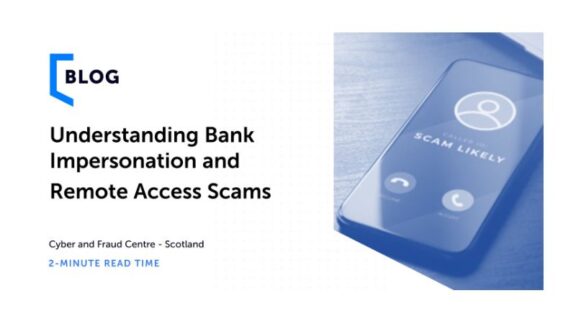- Ethical hacker Suzie looks at how digital currency is evolving and what that may mean for the future of banking.
As of April 2021, The Bank of England announced a taskforce that is to explore the potential of introducing a Central Bank Digital Currency (CBDC) for the UK. The working concept is that a new form of digital currency would be issued by the Bank of England.
With any subject it is vital to hear both sides of the argument to be able to make the most informed decisions based on facts and legitimacy, but even more so when introducing a new national digital currency.
The question is, what is the difference between using a CBDC compared to what is already in place by means of credit and debit cards?
Central banks are trying to keep pace with the transformation of digital currency that has exponentially grown especially over the past five years. Banks are trying to compete with the rise in popularity of the numerous cryptocurrencies, with Bitcoin being the most eminent. With prominent companies such as Tesla and Amazon potentially in the future accepting cryptocurrencies as a means of payment processing, is leading to cryptocurrencies being a mainstream form of payment.
Cryptocurrencies prices have been volatile at best, but their continued growth in perceived value and interest in using digital currency has the possibility to eclipse Visa and Mastercard’s market share of payment methods. This shift in financial trends is why central banks are now focusing on issuing their own version of a digital currency.
The rise of cryptocurrency
The rise in interest in cryptocurrencies has been mainly due to the fact digital currency is not issued by a central bank, instead through a decentralised network of computers using blockchain technology. This has created competition central banks have never faced before, as a meaningful and functioning alternative to what is already in place.
With the current financial climate where central banks have been printing vast volumes of money – which is a form of Quantative Easing (QE – the problem this creates is that putting too much money into an economy can only lead to inflation. This is yet another reason many people are looking at cryptocurrencies as a means to shelter from the economic storm of hyperinflation and a debased currency. It is also a means of asset management in uncertain times, but the question of whether cryptocurrencies are solid enough as an investment is yet to be seen, which could also lead to another dot com crash which happened in the late nineties.
The central banks are facing a chance of losing control over the financial systems and even potentially becoming obsolete. As it stands cryptocurrencies do not have any legal standing or have any regulatory safeguards or standards which central banks do. Which is where CBDC comes in to play. The idea is that if a cryptocurrency company went bankrupt individuals would lose their digital money, but this problem would be eliminated through using a CBDC as it would be backed by the central banks, creating financial digital stability. Just like physical money is a promise from the central banks of value, so would CBDC.
Aspects to Think About
Due to the financial crisis of 2008, in 2013 the banks went into Cyprus’ citizens banks accounts and took ten percent out of their accounts. If there were another financial crisis, what would stop central banks doing the same again, using CBDC, leaving people powerless as their digital money gets taken away?
The Chinese Communist Party that rules China, has a centralised economy which has confiscated many individuals’ crypto “wallets”, indicating that politics can play a part in digital financial security.
And then there’s technical failures like what TSB‘s customers faced; not being able to access their accounts for days and the massive inconvenience that caused. People still need to be able to pay their bills and be able to buy the basics like food. Technology is good but surviving is better.
With the collapse of countries like Venezuela and Lebanon, citizens queued for hours to have access to ATMs to take out what they could, what is known as a run on the banks. With digital currencies there is no such equivalent. The banks cannot come into your home and steal your money hidden in the mattress, but they could freeze your digital account. The difference between having tangible physical money and having a non-tangible, almost abstract, version of money is highlighted when it comes to day-to-day living.
Taking into consideration the special topography of Scotland with the highlands, islands, and rural communities, there has already been issues with banks shutting down local branches, if there were ever power cuts, or cyber-attacks on critical infrastructure how would these communities’ function with no access to digital exchange?
A question of control
CBDC has the potential to let central banks have an unfettered access to your personal life, not only knowing every transaction but the potential of blocking any action they deem unfit. Which raises the question about how much control does a central bank have over your digital account? Surveillance and privacy issues are a serious threat to take into consideration. There is still a very important place in our society for cash to remain, it is a beneficial back up to mitigate any technical failures and prevent overreach of central banks.
For any trust in CBDC to be cultivated there has to be rigorous regulations, transparency, and a fastidious legal framework to protect customers and their personal data. A hybrid of cash and CBDC would be a meaningful way to forge into the digital future, with a heavy focus of accountability and acceptable protocols for the central banks to adhere to.
SBRC’s ethical hacking team can provide a series of cyber led presentations as part of our Professional Cyber Services. Click here to find out more.



